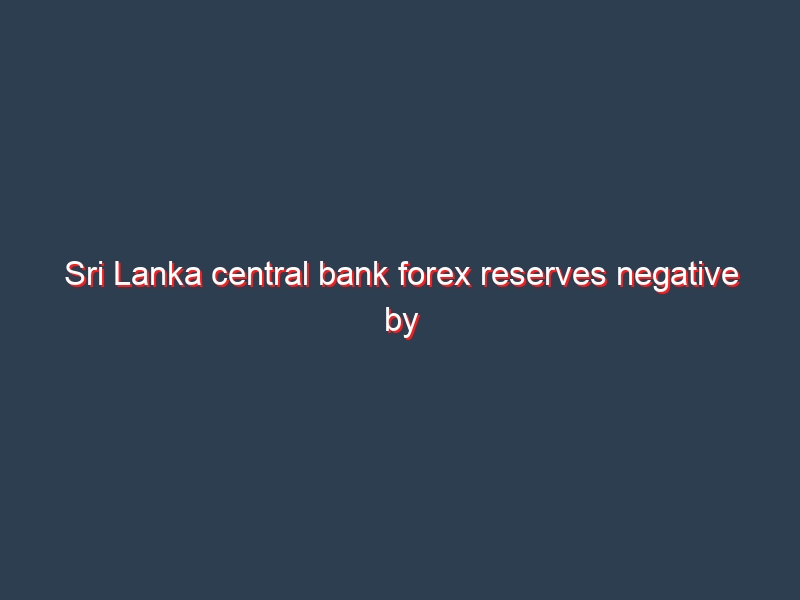ECONOMYNEXT – Foreign exchange liabilities of Sri Lanka’s central banks has further exceeded its reserve assets to reach 386 billion rupees (1.9 billion US dollars) in December 2021 compared to its gross reserves of 3.1 billion US dollars in the month.
The central bank’s foreign exchange liabilities or almost reached its gross assets in July 2021, after a billion US dollars bond payments as money printing created forex shortages making it impossible to collect forex reserves.
The central bank’s net foreign assets were positive by about 2.1 billion US dollars at the beginning of 2021, which fell to around 50 million US dollars by July.
In August foreign assets turned negative (reserve liabilities exceeded assets) by around 400 million US dollars.
Since then the central bank’s gross and net liabilities have been climbing as foreign exchange was borrowed from swap contracts.
The central bank also got a special drawing rights allocation from the International Monetary Fund, which also becomes a net liability as soon as soon its underlying holding was used.
The central bank’s liabilities also include borrowings of a little under 1.3 billion US dollars from the IMF on given during a money printing bout from 2015 to 2018.
Central Bank has increasingly become indebted as central government debt was paid off with reserves. From around October reserves are also being used to pay for imports, further indebting the central bank.
Sri Lanka last used foreign reserves for imports during the money printing crisis of 2018. Before commercial debt became a big factor, all of Sri Lanka’s past currency crises have been caused by ‘reserves for imports’ and keeping a fixed policy rate.
To keep the policy rate a (soft-pegged) central banks prints money after giving reserves for imports (sterilizes the reserve sale), triggering more credit and imports.
A central bank with net foreign liabilities can default on its debt and also lose control of reserve money, which has led to dollarization in some countries.
Sri Lanka’s has a Latin America style central bank promoted by Argentina central bank founder Raul Prebisch and US Fed official Robert Triffin. Many of Prebish-Triffin central banks have gone bankrupt amid galloping inflation, severe depreciation amid sovereign default and dollarized.
Some were re-capitalized. Analysts and economists have called for changes to its governing law to prevent the monetary board from controlling interest rates by printing money, which creates forex shortages, inflation and social unrest. (Colombo/Jan21/2022)

